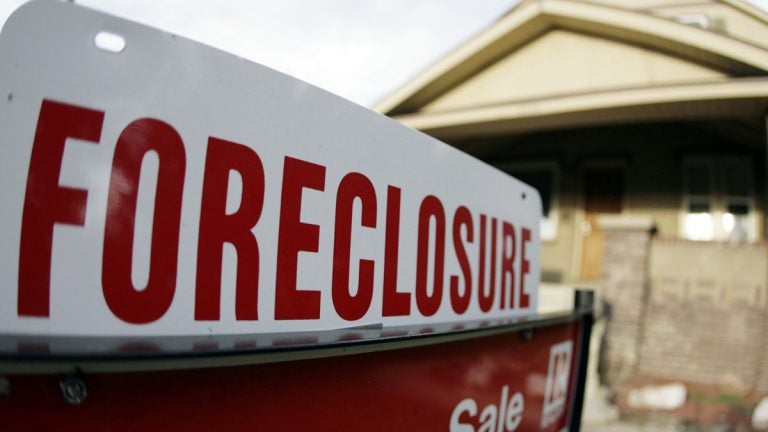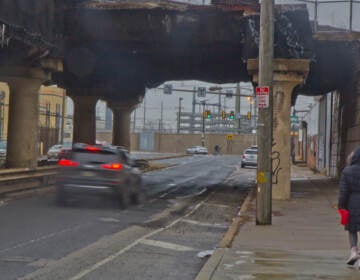Northeast Philly, suburbs become poorer as inner city gentrifies
Philadelphia’s inner core is gaining wealthy residents while suburban areas are confronting a rise in poverty, according to a new report.

(David Zalubowski/AP Photo)
This article originally appeared on PlanPhilly.
—
Philadelphia’s innermost neighborhoods were shedding residents and businesses as the suburbs boomed in the mid-20th century. Moving to a tract house in a place like Levittown in Bucks County or the Beverly Hills neighborhood in Delaware County was a hallmark of middle-class success.
But a new report and mapping project, released by the University of Minnesota’s Institute on Metropolitan Opportunity provides more evidence that the story of 21st century Philadelphia — and many other cities — is the inversion of that trend.
“In the last decades of the 20th century, the suburbs themselves began to undergo many of the population changes that had previously been observed in central cities,” the report states. “These trends have continued to the present day … Some suburban sprawl was stalled by the mid-2000s housing crash and recession, which slowed outward growth.”
The report analyzed the movement of thousands of low-income residents across the nation, using census data from 2000 and 2016, finding generally that the increasing concentration of poverty was more commonplace than gentrification. These trends were largely mirrored In the Philadelphia area.
“In the top 50 largest metropolitan areas, low-income concentration is almost universally commonplace,” the study concludes.
In the Delaware Valley, most of the census tracts that grew wealthier were located in inner-city Philadelphia, while nearly all of the tracts that saw sharp increases in concentrated poverty have been in the outlying city neighborhoods or scattered across the suburbs. Areas including lower Northeast Philadelphia, Upper Darby Township and areas near Lindenwold, New Jersey, saw some of the largest influxes of low-income residents. Rapidly gentrifying areas, such as Philadelphia’s Graduate Hospital and Fishtown neighborhoods, unsurprisingly saw the largest outflows of low-income residents.
The report did not downplay the impacts of gentrification, stating that “low-income displacement has been a significant trend” in Philadelphia, along with many other U.S. urban centers. Unlike many other cities, Philadelphia is relatively unique inasmuch as it saw gentrifying neighborhoods and declining neighborhoods typically existing side-by-side.
“This may reflect an intensification of racial and economic segregation within the city proper, as individuals displaced from a set of gentrifying neighborhoods are concentrated into a nearby set of declining neighborhoods,” the report concludes.
However, this latest report did contradict some findings in another recent study asserting that the City of Brotherly love was leading the nation, in in terms of gentrification.
When ranked for displacement of low-income residents, Philadelphia did not place in the top 10 of the 50 largest cities. and some downtown ZIP codes had seen little to no displacement. The University of Minnesota study instead found that about 12% of Philadelphia’s population lives in areas that have experienced displacement, compared with 36% in Washington, D.C., 21% in Atlanta, or 20% in New Orleans.
The report found that while “severe gentrification” was also largely confined to handful of economically booming urban areas — mainly D.C., Los Angeles, New York, New Orleans, and San Diego — but the reconcentration of poor residents was found in nearly every city.
WHYY is your source for fact-based, in-depth journalism and information. As a nonprofit organization, we rely on financial support from readers like you. Please give today.







